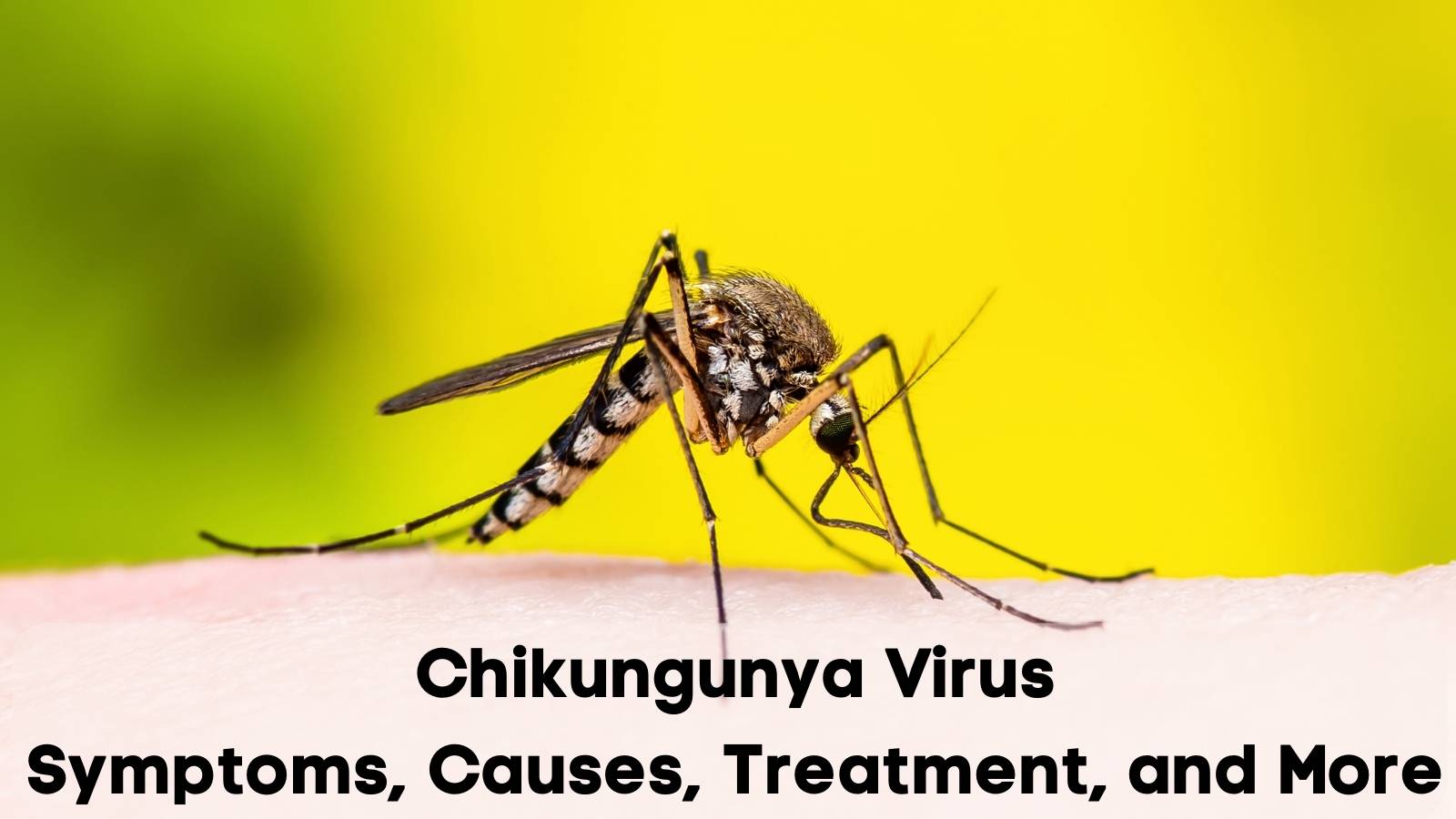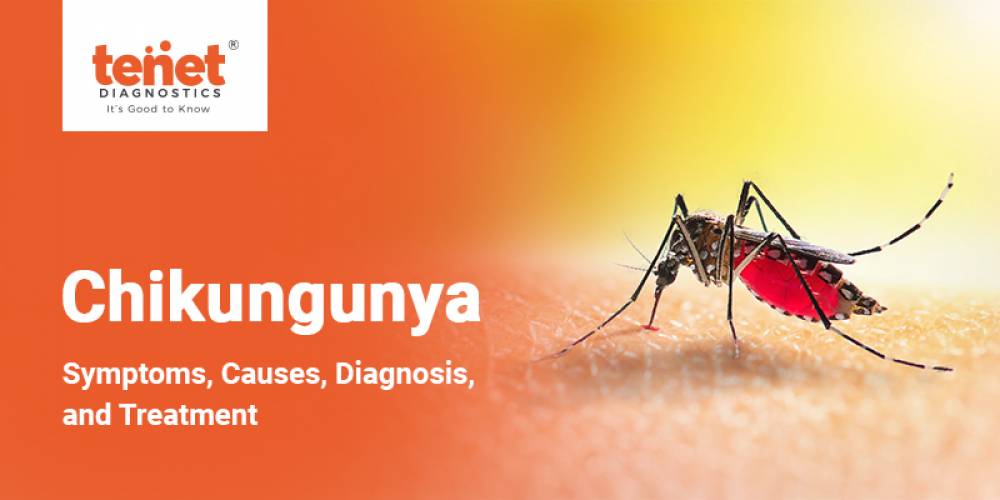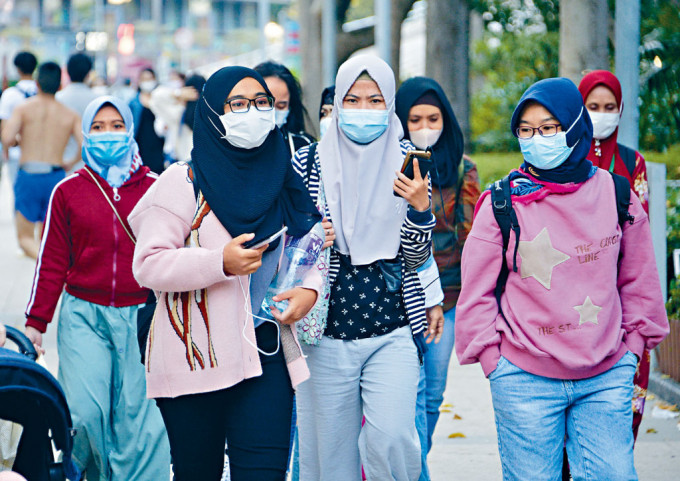Chikungunya Fever: Understanding the Hidden Health Risks in Hong Kong
Mosquito-borne diseases are more than just a temporary inconvenience, and the recent chikungunya fever outbreak in Hong Kong underscores this reality. On July 24, 2025, health authorities raised significant concerns about the potential spread of this viral disease, particularly following an outbreak in Shunde, Guangdong, and the region’s frequent cross-border travel patterns.

Professor Yuen Kwok-yung, a leading microbiologist, warns that chikungunya is far more complex than its low fatality rate might suggest. The disease, primarily transmitted by the Asian tiger mosquito prevalent in Hong Kong, can cause severe joint pain that persists for months or even years in approximately 40 percent of cases. This prolonged suffering often results in premature arthritis, with elderly individuals and those with chronic illnesses facing additional risks of cardiovascular complications.

Unlike other mosquito-borne illnesses, chikungunya has distinctive characteristics that set it apart. Dr. Joseph Tsang Kay-yan explains that while dengue fever is known for bone pain and pinpoint bleeding rashes, chikungunya specifically targets small joints with intense pain. This nuanced difference is crucial for accurate diagnosis and appropriate medical treatment.

Hong Kong’s health authorities are taking proactive measures to combat the potential spread. The interdepartmental Pest Control Steering Committee has been strategically evaluating mosquito situations, and the Food and Environmental Hygiene Department (FEHD) reports a promising decline in the monthly mosquito ovitrap index to 9.5 percent this year. The city’s comprehensive anti-mosquito campaign, involving over 20 government departments, began in March to eliminate breeding sites before the rainy season.

The Centre for Health Protection has designated chikungunya as a notifiable disease, requiring immediate reporting and epidemiological investigation. Hospitals and healthcare professionals have been instructed to remain vigilant, particularly for returning travelers who might have been exposed in high-risk areas like Guangdong.

What makes this outbreak particularly concerning is the potential for local transmission. The Asian tiger mosquito, which can also transmit dengue fever, is already established in Hong Kong. This means that even a few imported cases could potentially trigger wider spread, making prevention and early detection critical.
The long-term health implications are significant. While the immediate symptoms might seem manageable, the potential for chronic joint pain affecting 40 percent of patients represents a substantial health challenge. Elderly populations and individuals with pre-existing conditions face even more complex health risks, including potential cardiovascular complications.
Experts recommend several preventive strategies: staying informed about regional health risks, using mosquito repellents, wearing protective clothing, and eliminating standing water that could serve as breeding grounds. For those traveling between Hong Kong and mainland China, extra precautions are essential.
The chikungunya situation serves as a stark reminder of how quickly regional health landscapes can change. With global travel and shifting environmental conditions, understanding and preparing for such health risks is no longer optional but necessary. By staying informed, taking preventive measures, and understanding the potential long-term impacts, individuals can better protect themselves and their communities.
As Hong Kong continues to monitor and manage this potential outbreak, residents and travelers alike are encouraged to remain vigilant, prioritize personal health protection, and stay updated with official health advisories.








